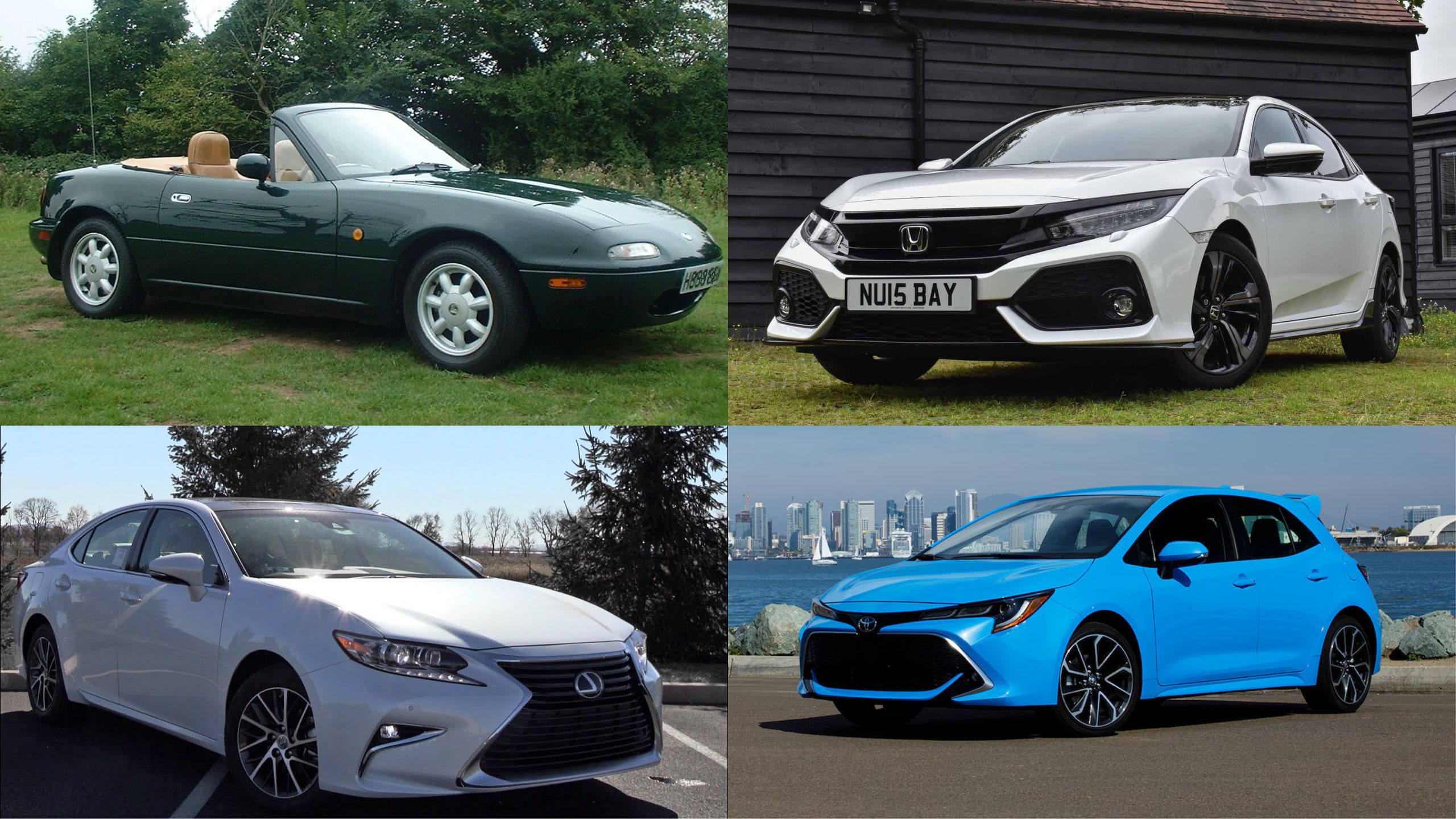For many drivers, few experiences are as frustrating as unexpected trips to the auto repair shop. The combination of inconvenience, expense, and the feeling of being at the mercy of a mechanic’s diagnosis can turn car ownership into a stressful affair.
Fortunately, the automotive industry has responded to this common pain point with vehicles specifically designed for reliability and low maintenance.
This guide highlights ten vehicles renowned for their dependability and minimal maintenance requirements. These selections range from practical sedans and SUVs to versatile hybrids and electric vehicles, each offering distinct advantages for drivers who prioritize hassle-free ownership.
We’ve focused on models with proven track records of reliability, simple maintenance procedures that can often be performed at home, and extended service intervals that reduce the frequency of professional attention.
Whether you’re a busy professional who can’t afford downtime, someone who lives far from service centers, or simply a driver who dreads those repair shop visits, these vehicles offer peace of mind through engineering excellence and thoughtful design.
While no vehicle can eliminate the need for maintenance, these selections come remarkably close to delivering the worry-free driving experience that maintenance-averse owners crave.
1. Toyota Corolla
The Toyota Corolla stands as perhaps the definitive low-maintenance vehicle, earning its reputation through decades of engineering refinement focused on reliability above all else.
This compact sedan has become synonymous with dependability, regularly appearing at the top of reliability rankings and boasting an impressive record of vehicles surpassing 300,000 miles with minimal issues.
What makes the Corolla particularly appealing to maintenance-averse drivers is its remarkably simple mechanical design. Toyota has deliberately avoided over-complicating the Corolla’s engineering, resulting in fewer potential failure points compared to more feature-laden competitors.
The standard 1.8-liter four-cylinder engine is a model of simplicity and durability, with a timing chain that never needs replacement (unlike timing belts found in many other vehicles) and conventional port fuel injection that avoids the carbon buildup issues plaguing direct-injection engines.
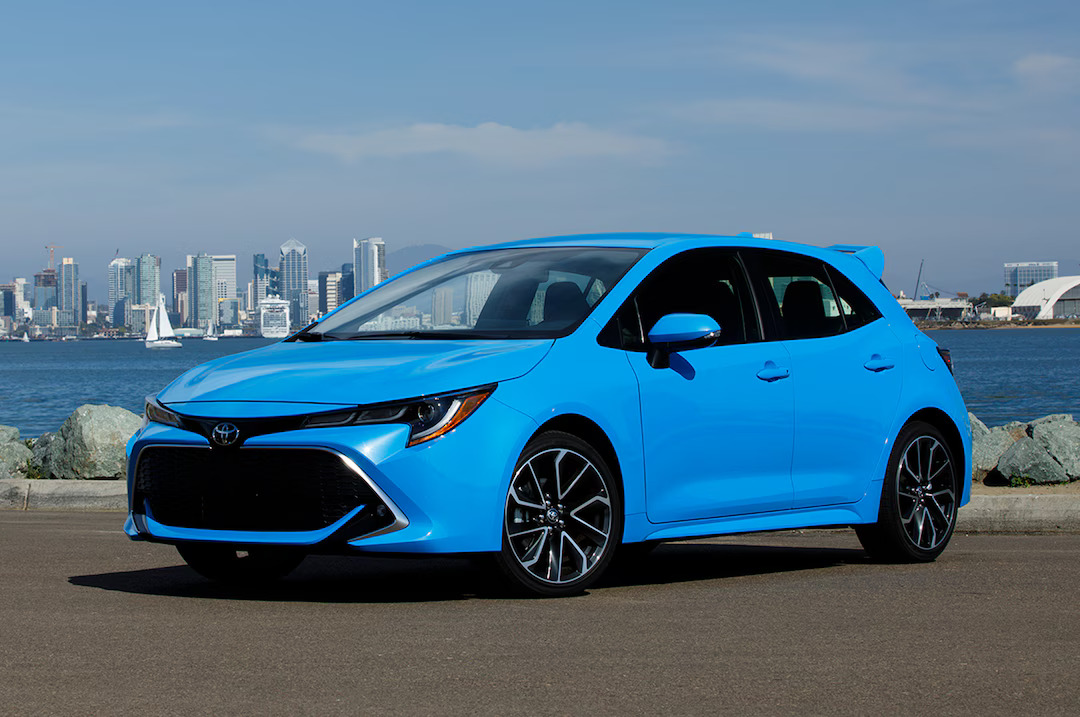
Maintenance intervals for the Corolla are refreshingly spread out, with oil changes recommended only every 10,000 miles using conventional oil. The transmission, whether automatic or manual, rarely experiences issues before 200,000 miles with basic fluid changes.
Even the brakes tend to last longer than those of comparable vehicles due to the Corolla’s moderate weight and efficient design. Perhaps most appealing to those who hate visiting repair shops is the Corolla’s predictable maintenance schedule.
When parts do eventually need replacement, they’re typically affordable and widely available. Many routine procedures, from air filter replacements to spark plug changes, are straightforward enough for owners with basic mechanical skills to handle themselves, requiring only simple tools and minimal time investment.
Toyota’s commitment to parts interchangeability across model years also means that finding components, even for older Corollas, rarely presents a challenge.
The vehicle’s ubiquity ensures that virtually any mechanic has extensive experience servicing them, eliminating diagnostic mysteries that can plague owners of more exotic or complicated vehicles.
2. Honda Civic
The Honda Civic has earned its place as a maintenance-minimalist’s dream through Honda’s unwavering commitment to engineering excellence and durability.
Like its Toyota counterpart, the Civic combines sophisticated design with mechanical simplicity, creating a vehicle that delivers remarkable reliability without sacrificing performance or driving enjoyment.
Honda’s legendary engine design stands at the center of the Civic’s low-maintenance reputation. The standard naturally-aspirated four-cylinder engines (though recent models have introduced turbocharged options) are built with precision tolerances and high-quality materials that resist wear exceptionally well.
The engine architecture follows Honda’s time-tested VTEC (Variable Valve Timing and Lift Electronic Control) technology, which enhances performance while maintaining exceptional durability. Even with regular driving habits, these engines routinely exceed 200,000 miles without internal repairs.
The Civic’s electrical system deserves special mention for its thoughtful design that eliminates many common failure points.
Honda uses high-quality connectors and wiring harnesses that resist corrosion and vibration damage, significantly reducing the electrical gremlins that often plague older vehicles.
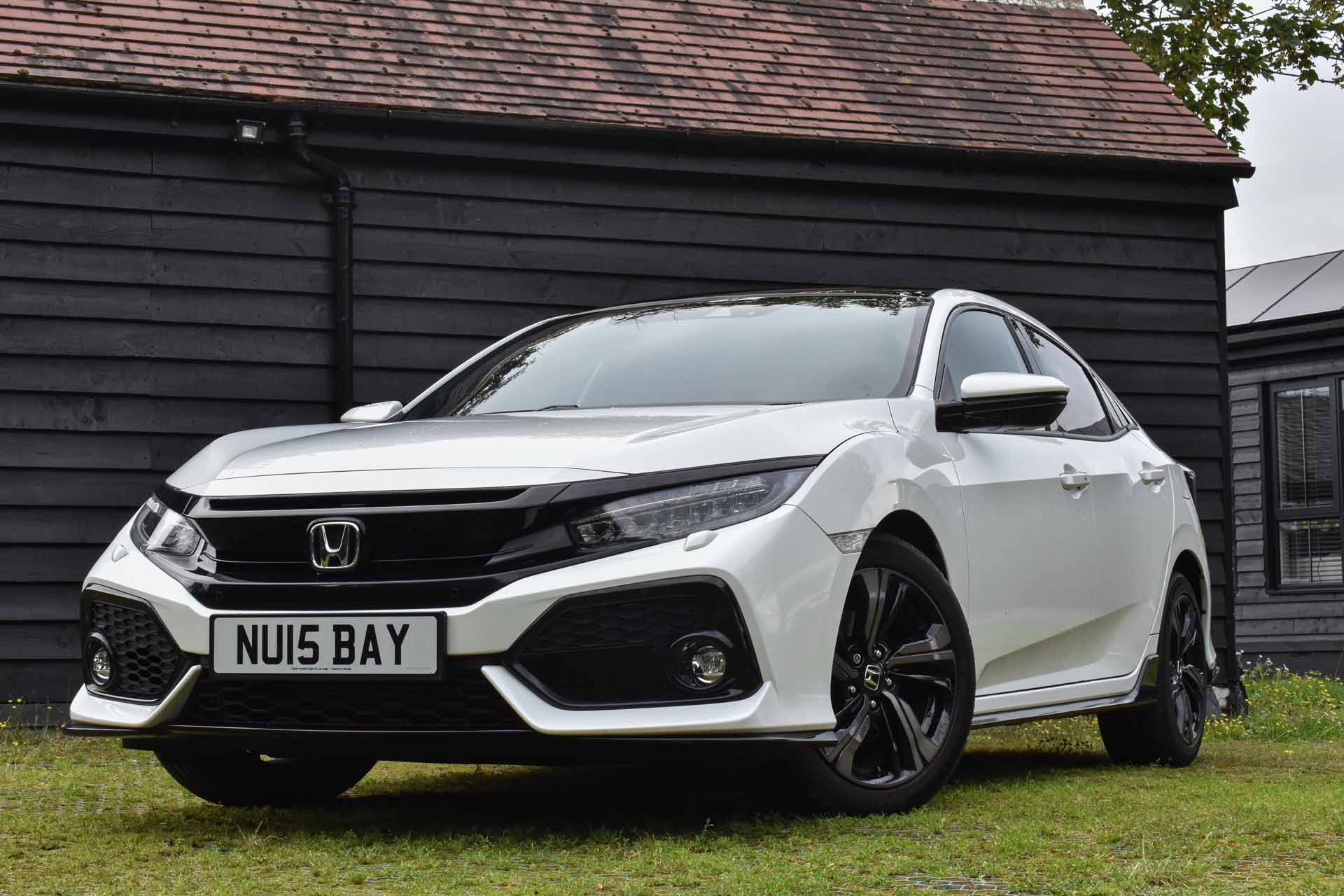
The starter motor and alternator typically last well beyond 150,000 miles, far outlasting those in many competing models.
Maintenance schedules for the Civic are refreshingly straightforward, with a Maintenance Minder system that actually tells drivers exactly when service is needed based on driving conditions rather than arbitrary mileage intervals.
Oil change intervals typically range from 7,500 to 10,000 miles, and many owners report that their Civics use minimal oil between changes, eliminating the need for frequent level checks and top-offs.
For the mechanically inclined, the Civic’s engine bay offers excellent accessibility for common maintenance procedures. Air filters, spark plugs, and even timing belts (on older models) are positioned with service in mind.
The newer models with timing chains have eliminated even this maintenance item, further reducing long-term service requirements.
The Civic’s suspension components also deserve recognition for their longevity. Control arms, bushings, and even shock absorbers typically last 100,000+ miles before requiring attention, far outpacing many competitors and reducing the frequency of those dreaded alignment and suspension repair visits.
3. Lexus ES
The Lexus ES represents the pinnacle of luxury combined with exceptional reliability, making it an ideal choice for drivers who want premium comfort without premium maintenance headaches.
As Toyota’s luxury division, Lexus has inherited and enhanced the parent company’s legendary reliability while adding refinement that competes with European luxury marques that are notorious for their maintenance requirements.
The foundation of the ES’s remarkable dependability is its powertrain. Currently offered with either a supremely reliable 3.5-liter V6 or a sophisticated hybrid system shared with the Toyota Avalon and Camry, the ES powerplants are deliberately engineered for longevity.
The V6 engine utilizes a timing chain rather than a belt, eliminating a major maintenance item, while the naturally aspirated design avoids the additional complexity and potential issues of turbocharged alternatives.
The hybrid variant adds even more appeal for maintenance-averse owners, as the regenerative braking system significantly extends brake pad life, often to well over 100,000 miles before replacement becomes necessary.
Lexus’s approach to electronics also sets the ES apart from its luxury competitors. While offering advanced technology, Lexus typically waits until features are thoroughly tested and proven before implementation, avoiding the “bleeding edge” technology issues that plague some European competitors.
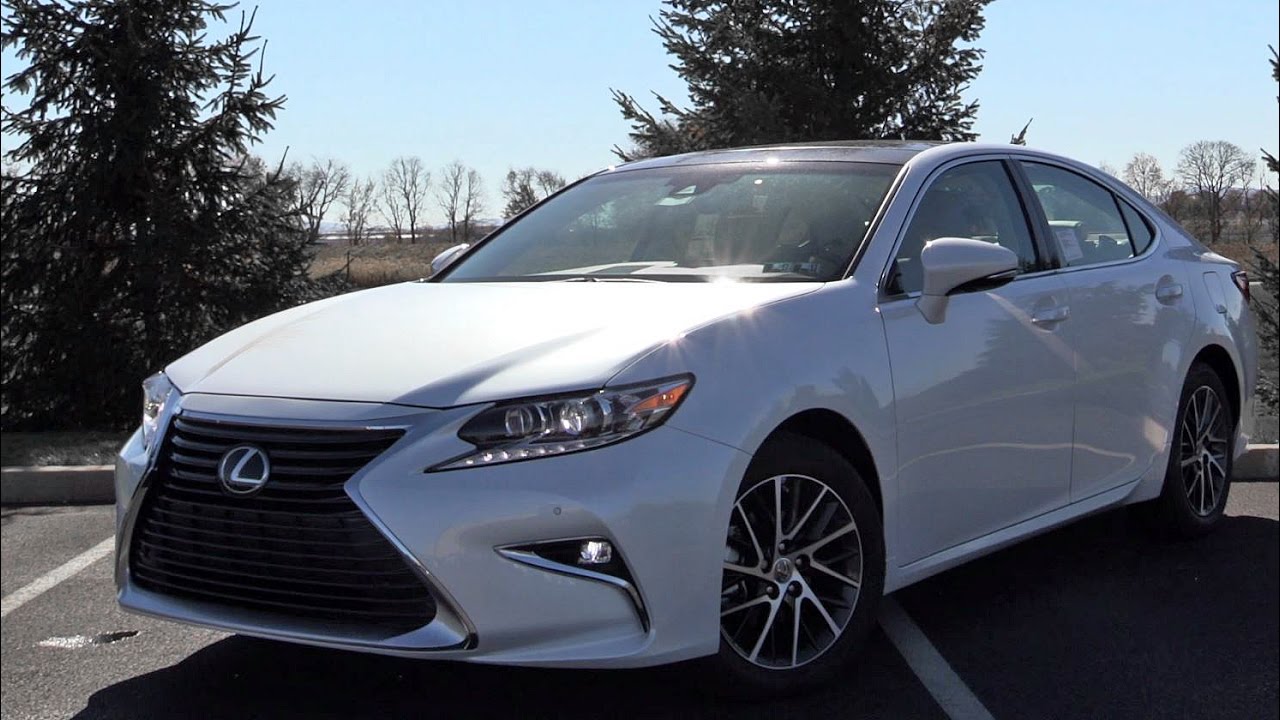
This measured approach means fewer software updates, fewer technical service bulletins, and fewer unexpected electronic failures throughout ownership.
The interior components exhibit similar attention to durability. The leather upholstery undergoes extensive testing for wear resistance, and the switchgear is designed to maintain its tactile quality even after thousands of operations.
Even the climate control system, a common failure point in luxury vehicles, utilizes high-quality components that rarely require attention before 150,000 miles.
Maintenance intervals for the ES are refreshingly extended, with oil changes typically required only every 10,000 miles. The transmission fluid is designed to last 100,000 miles under normal driving conditions, and coolant changes are recommended only at 100,000-mile intervals.
For owners who still prefer dealer maintenance, Lexus dealerships are consistently rated among the best for service quality and customer satisfaction, making those infrequent visits as pleasant as possible.
Perhaps most telling is the ES’s exceptional resale value, a direct reflection of its reputation for trouble-free operation even as odometer readings climb well into six figures.
For drivers seeking to minimize both frequency and cost of maintenance without sacrificing luxury, the Lexus ES presents a compelling case that reliability and refinement can indeed coexist.
Also Read: 12 Concept Cars That Showcase the Future of American Automobiles
4. Mazda MX-5 Miata
The Mazda MX-5 Miata proves that a driver’s car can also be a low-maintenance champion. This iconic roadster delivers pure driving joy while simultaneously offering remarkable reliability and straightforward maintenance, making it the rare sports car that won’t have owners on a first-name basis with their mechanic.
The Miata’s maintenance-friendly nature begins with its fundamental design philosophy of simplicity.
Mazda’s commitment to the concept of “Jinba Ittai” (horse and rider as one) extends beyond driving dynamics to include a straightforward mechanical layout that prioritizes accessibility and reliability.
The front-engine, rear-wheel-drive configuration allows for a clear engine bay with excellent access to common service points.
Unlike many modern sports cars that require the removal of multiple components to reach basic maintenance items, the Miata allows direct access to oil filters, spark plugs, and belts without specialized tools or extraordinary procedures.
The 2.0-liter naturally aspirated engine (in current models) deliberately avoids complexity, skipping turbos and superchargers in favor of a high-revving, naturally aspirated design that eliminates numerous potential failure points.
The engine’s longevity is legendary, with many examples easily exceeding 200,000 miles with just routine maintenance. Oil changes are recommended every 7,500 miles with synthetic oil, and the engine typically uses minimal oil between services, eliminating a common sports car headache.
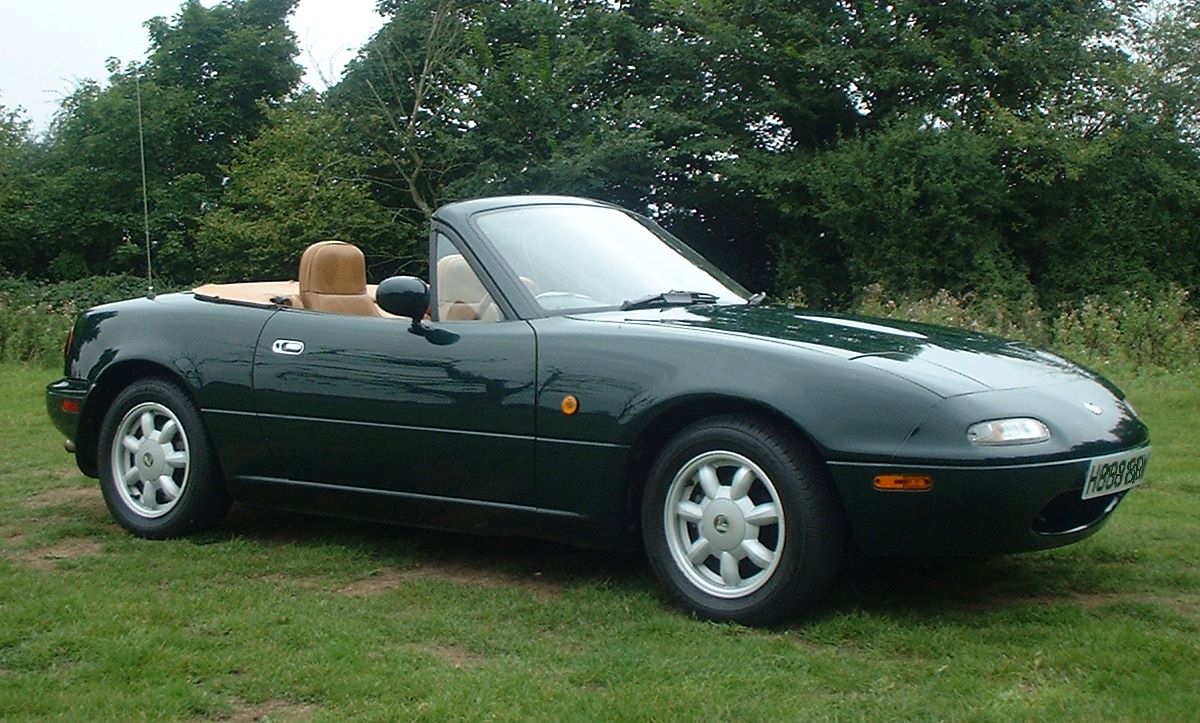
Perhaps most appealing to the mechanically reluctant is the Miata’s remarkable parts availability and affordability. As the best-selling roadster in history, the MX-5 enjoys extraordinary aftermarket support and reasonable OEM parts pricing.
When repairs eventually become necessary, owners aren’t subjected to the parts scarcity or exorbitant prices that plague exotic sports cars or even some domestic performance models.
The Miata’s soft top (on non-RF models) represents another maintenance advantage over retractable hardtop competitors. The simple manual operation eliminates complex motors, sensors, and hydraulics that commonly fail in powered convertible systems.
When the top eventually needs replacement after years of use, the procedure is straightforward and relatively affordable. Consumable items like brakes and tires benefit from the Miata’s lightweight (under 2,400 pounds), extending their service life beyond what’s typical for performance vehicles.
The balanced chassis also promotes even tire wear, eliminating the irregular wear patterns that often force premature tire replacement on less well-sorted sports cars.
For drivers seeking the soul-stirring experience of a purpose-built sports car without the accompanying maintenance nightmares, the MX-5 Miata offers a uniquely compelling proposition: world-class driving enjoyment combined with Toyota-like reliability and service simplicity.
5. Tesla Model 3
The Tesla Model 3 represents a paradigm shift for drivers who dread traditional vehicle maintenance.
As an electric vehicle, it eliminates dozens of maintenance-intensive systems found in internal combustion engine vehicles, creating an ownership experience that fundamentally changes the relationship between driver and vehicle upkeep.
The most obvious maintenance advantage comes from the elimination of the internal combustion engine and its numerous support systems. Gone are oil changes, timing belts, spark plugs, fuel filters, and exhaust components.
The Model 3’s electric motor contains only one moving part, drastically reducing wear points compared to the hundreds of moving parts in conventional engines.
This simplicity translates directly to reliability, with electric motors typically rated for 1,000,000+ miles of operation before major service.
The Model 3’s regenerative braking system significantly extends brake life by using the electric motor to slow the vehicle, converting kinetic energy back into battery power rather than wasting it as heat through friction brakes.
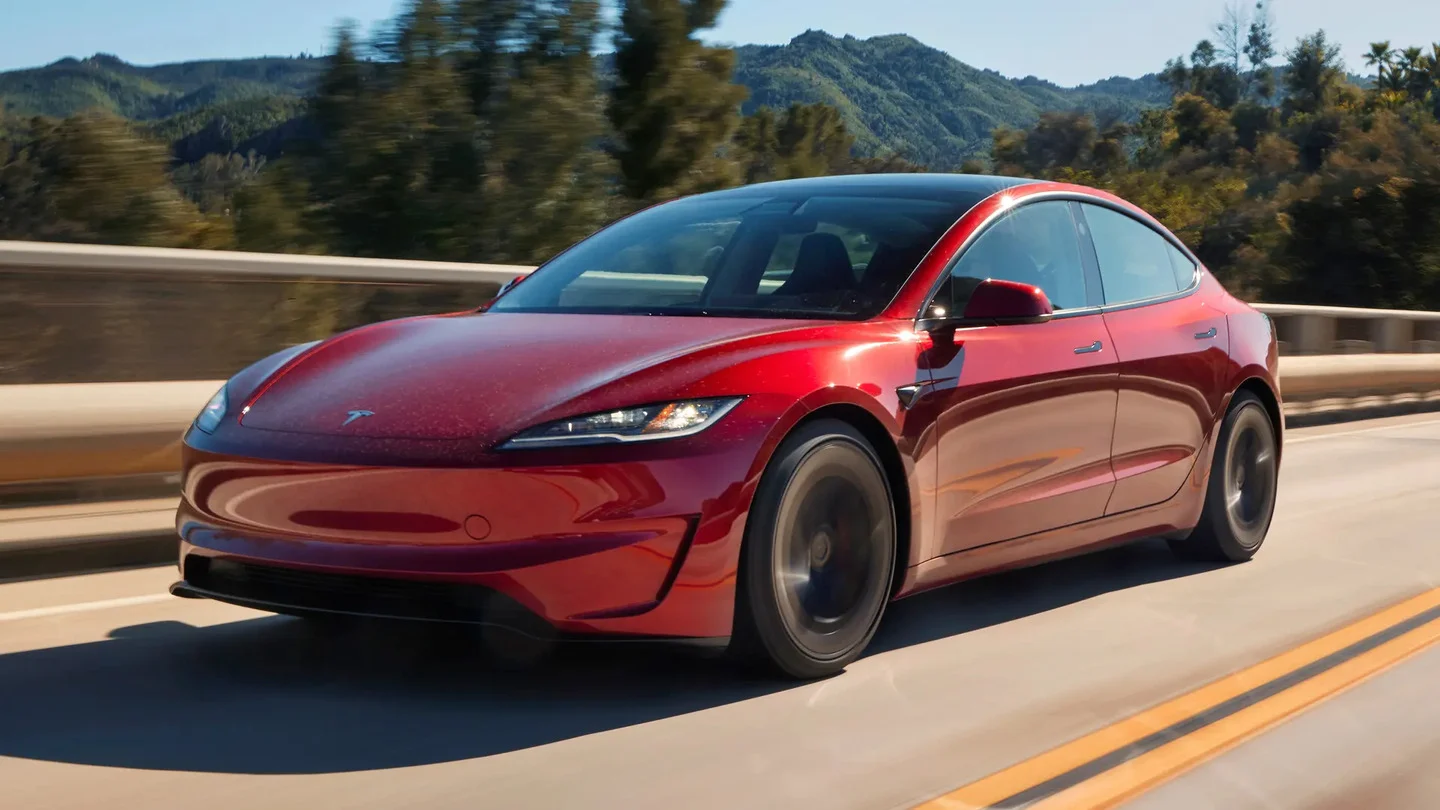
Many Model 3 owners report their original brake pads lasting well beyond 100,000 miles, sometimes even approaching 200,000 miles before replacement becomes necessary a stark contrast to the 30,000-60,000 mile replacement intervals typical of conventional vehicles.
Tesla’s over-the-air update capability further reduces dealership visits by allowing the company to install new features, fix bugs, and even improve performance without requiring the owner to schedule service.
What would be a recall requiring shop time in a conventional vehicle is often handled invisibly overnight while the Tesla sits in the owner’s garage. When service is required, Tesla’s approach differs significantly from traditional dealerships.
Mobile service technicians can handle many procedures at the owner’s home or workplace, eliminating time-consuming dealership visits.
For more extensive work, Tesla’s service centers operate without the commissioned technicians and service advisors that can sometimes create misaligned incentives at traditional dealerships.
For drivers who specifically dislike the maintenance aspect of vehicle ownership, the Model 3 doesn’t just reduce maintenance – it fundamentally reimagines it, creating an ownership experience closer to that of a smartphone than a traditional automobile.
6. Toyota Prius
The Toyota Prius has revolutionized not just fuel efficiency but also the maintenance equation for millions of drivers worldwide.
This pioneering hybrid has earned a well-deserved reputation as perhaps the most bulletproof vehicle on the road today, with taxi fleets routinely reporting examples exceeding 500,000 miles on original major components.
The Prius’s exceptional reliability stems from its hybrid powertrain, which paradoxically delivers simplicity through complexity. While the hybrid system adds components, it significantly reduces strain on the entire drivetrain.
The 1.8-liter Atkinson-cycle engine operates primarily within its optimal efficiency range, avoiding the stress of high-revving acceleration that typically degrades engine components in conventional vehicles.
The electric motor handles initial acceleration demands, allowing the gasoline engine to engage under ideal conditions, dramatically reducing wear.
This hybrid architecture yields extraordinary benefits for maintenance-averse owners. The regenerative braking system captures energy during deceleration, simultaneously charging the battery and reducing wear on the conventional brakes.
Prius owners typically report original brake pads lasting well over 100,000 miles roughly three times longer than in comparable conventional vehicles. The continuously variable transmission (CVT) uses a planetary gear set rather than traditional belts or clutches, eliminating many common transmission failure points.
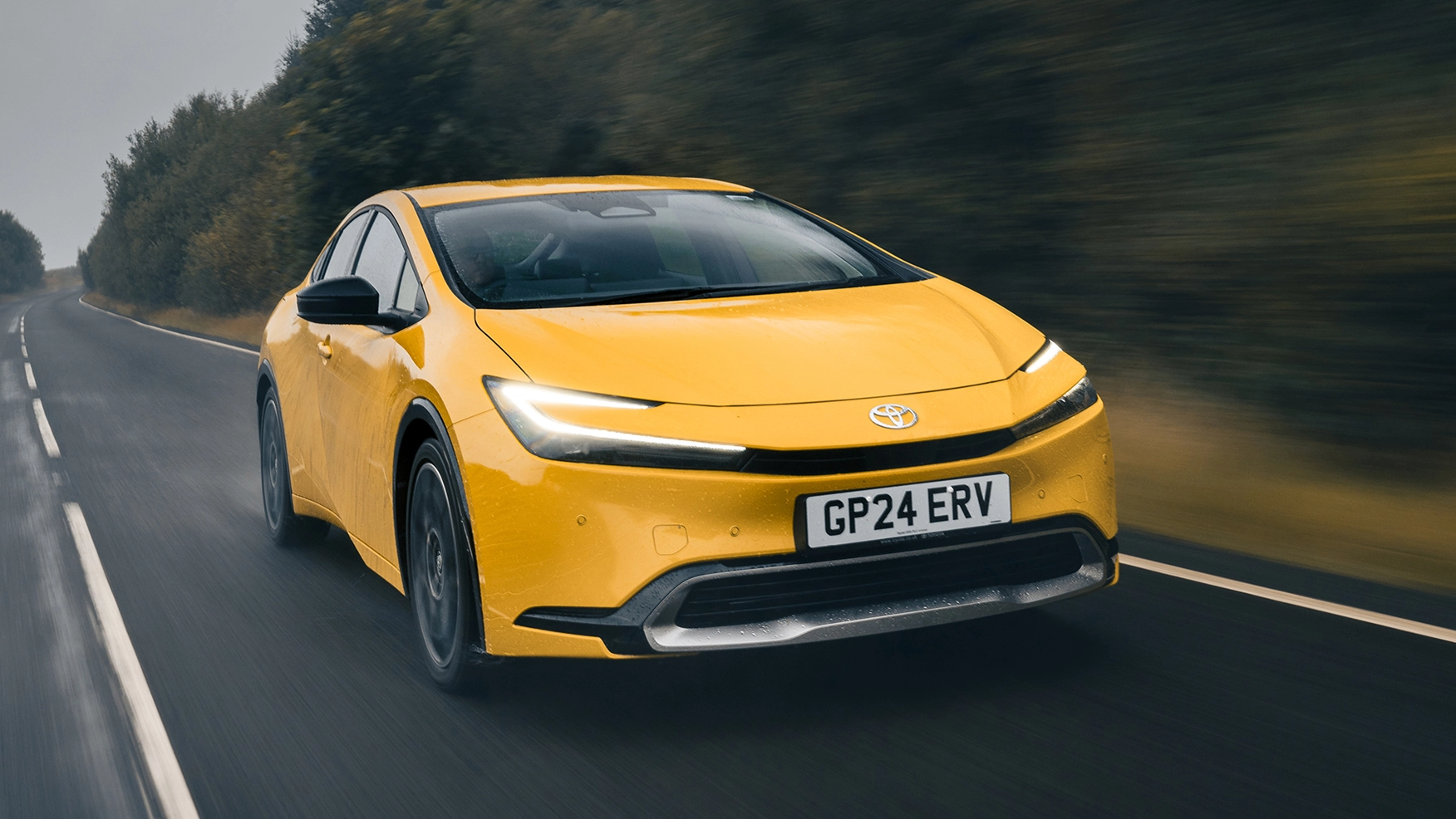
Toyota engineered the Prius with exceptional attention to thermal management, allowing components to reach optimal operating temperatures quickly and maintain them consistently.
This reduces the accelerated wear that occurs during cold starts and temperature fluctuations in conventional vehicles. The cooling system is designed to last the vehicle’s lifetime with minimal attention beyond occasional fluid changes.
The Prius battery, once a concern for prospective owners, has proven remarkably durable, with most original packs easily exceeding 200,000 miles before capacity degradation becomes noticeable.
When replacement eventually becomes necessary, costs have fallen dramatically, and third-party rebuilding services offer affordable alternatives to dealer replacement.
Oil change intervals for the Prius extend to 10,000 miles, and the engine’s limited use reduces oil degradation between changes. The spark plugs are rated for 120,000 miles, and many owners report exceeding this interval without issues.
The timing chain is designed to last the lifetime of the vehicle, eliminating another common maintenance item. Perhaps most telling about the Prius’s exceptional reliability is its ubiquity in commercial fleets where downtime translates directly to lost revenue.
From taxi services to delivery companies, businesses that meticulously track maintenance costs consistently choose the Prius, providing real-world validation of its minimal maintenance requirements and exceptional longevity.
7. Honda CR-V
The Honda CR-V has quietly established itself as the reliability champion of the compact crossover segment, offering exceptional dependability in a package that meets the practical needs of most drivers.
For those who need more space than a sedan provides but dread the maintenance complications often associated with SUVs, the CR-V offers a compelling solution.
At the heart of the CR-V’s maintenance advantage is Honda’s commitment to refined, proven technology. The standard 1.5-liter turbocharged engine (in recent models) or the 2.4-liter naturally aspirated engine (in older versions) are both products of Honda’s evolutionary rather than revolutionary engineering approach.
These powerplants have been gradually refined over multiple generations, with each iteration addressing pain points discovered in real-world use. The result is exceptional reliability that compares favorably even to Honda’s legendary Civic and Accord engines.
The CR-V’s continuously variable transmission (CVT) has also benefited from Honda’s methodical refinement. Unlike some competitors’ CVTs that developed reputations for premature failure, Honda’s version has proven remarkably robust, typically exceeding 150,000 miles without major service.
The CVT’s design also eliminates traditional transmission shift points, reducing wear on the components while delivering smooth, efficient power delivery.
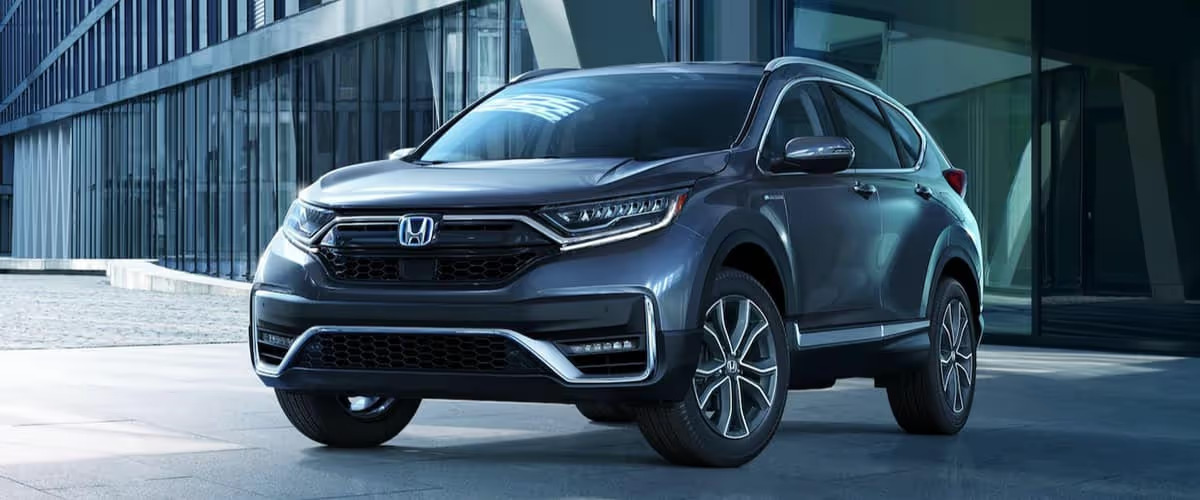
All-wheel drive systems often introduce complexity and maintenance concerns, but Honda’s Real Time AWD uses a straightforward design with minimal moving parts.
The system primarily operates in front-wheel drive mode, engaging the rear wheels only when needed, which reduces wear on the components and minimizes potential failure points.
This intelligent approach means the CR-V’s all wheel drive system rarely requires attention beyond routine fluid changes at 30,000-mile intervals. The CR-V’s suspension design strikes an ideal balance between comfort and durability.
The MacPherson strut front suspension and multi-link rear configuration use high-quality components that typically exceed 100,000 miles before requiring attention. The vehicle’s moderate weight reduces stress on these components compared to larger SUVs, further extending their service life.
Honda’s Maintenance Minder system takes the guesswork out of service scheduling, monitoring actual driving conditions and calculating precisely when maintenance is required rather than relying on arbitrary mileage intervals.
This intelligent approach prevents both premature service (unnecessary expense) and delayed maintenance (potential damage), optimizing both cost and reliability.
For owners who prefer to handle basic maintenance themselves, the CR-V offers excellent accessibility to common service points.
Oil filter location, air filter housing, and other routine maintenance components are positioned with service in mind, requiring minimal special tools or extraordinary procedures to access.
The CR-V’s remarkable combination of utility, efficiency, reliability, and straightforward maintenance has made it a perennial bestseller among pragmatic buyers who view vehicles as tools rather than passions or status symbols – the very demographic most likely to prioritize minimal mechanic visits.
8. Subaru Outback
The Subaru Outback delivers exceptional reliability in a rugged, versatile package that appeals to outdoor enthusiasts and pragmatic drivers alike.
For those who need all-weather capability without the maintenance headaches often associated with more complex SUVs, the Outback strikes an ideal balance between capability and simplicity.
Subaru’s signature boxer engine design contributes significantly to the Outback’s maintenance-friendly nature. The horizontally opposed cylinder layout creates a natural balance that reduces vibration, minimizing stress on engine mounts, accessories, and related components.
This design also places the engine lower in the chassis, lowering the center of gravity and reducing strain on suspension components during cornering and rough terrain driving.
While Subaru engines once had a reputation for head gasket issues, modern Outbacks (particularly those produced after 2010) have largely eliminated this concern through improved materials and design.
Current models utilize a timing chain rather than a belt, eliminating a significant maintenance requirement found in earlier versions. The recommended service interval for major engine maintenance has been extended to 105,000 miles, reflecting the improved durability of these powerplants.
The Outback’s Continuously Variable Transmission (CVT) has matured into a reliable component, typically requiring fluid changes only every 60,000 miles under normal driving conditions.
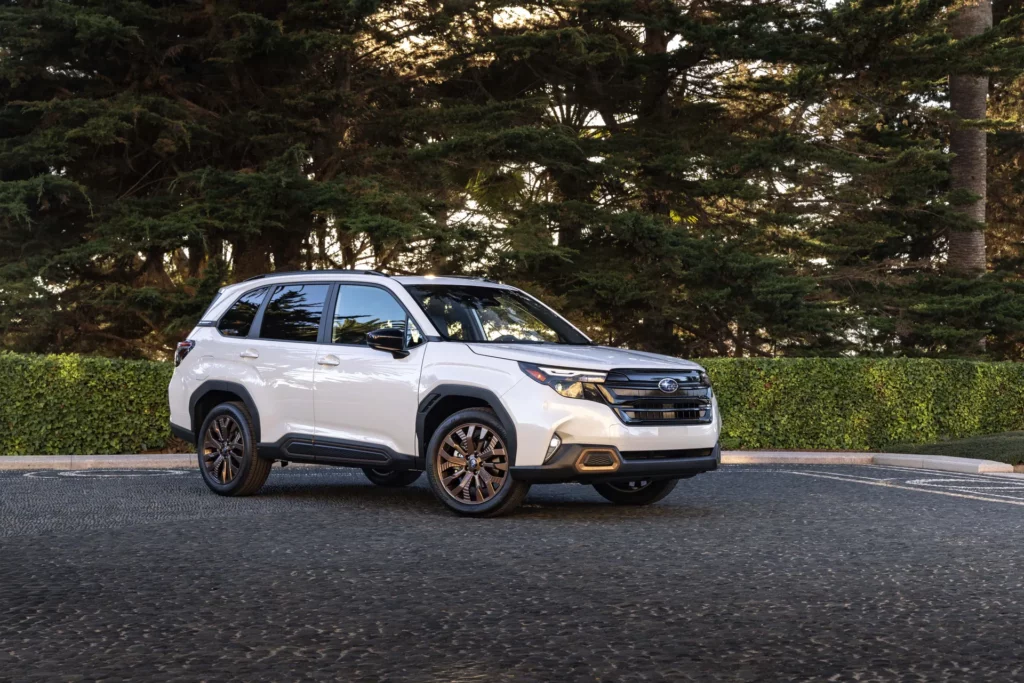
Unlike some competitors’ CVTs that developed troublesome reputations, Subaru’s version has demonstrated excellent longevity when properly maintained, easily exceeding 150,000 miles of service.
Perhaps the Outback’s most significant maintenance advantage comes from its symmetrical all-wheel-drive system.
Unlike the part-time or on-demand systems found in many crossovers that use complicated electronic engagement mechanisms and clutch packs prone to failure, Subaru’s permanent AWD system uses a straightforward mechanical design with minimal complexity.
This approach not only delivers superior all-weather performance but also eliminates numerous potential failure points found in more complicated systems.
The Outback’s suspension system is engineered specifically for durability on rough roads, using heavy-duty components that resist the accelerated wear that often affects crossovers used beyond smooth pavement.
Control arms, bushings, and ball joints typically exceed 100,000 miles before requiring replacement, even with regular off-pavement use. For owners who perform their maintenance, the Outback offers mixed accessibility.
While the boxer engine design places some components in challenging positions, Subaru has made conscious efforts in recent generations to improve access to common maintenance items. Oil filter location, spark plug access, and air filter replacement have all been simplified compared to earlier models.
The Outback’s rugged capability combined with its reasonable maintenance requirements has made it particularly popular in regions with severe weather and among drivers with active lifestyles who need reliability in remote areas where service facilities may be limited precisely the situation where maintenance issues would be most problematic.
9. Toyota 4Runner
The Toyota 4Runner stands as perhaps the ultimate vehicle for drivers who value reliability above all else.
This midsize SUV has earned legendary status among off-road enthusiasts and pragmatic drivers alike for its exceptional durability and minimal maintenance requirements, despite its substantial capabilities.
At the heart of the 4Runner’s maintenance advantage is Toyota’s deliberate adherence to proven technology rather than chasing the latest trends.
The 4.0-liter V6 engine has remained largely unchanged for years, reflecting Toyota’s philosophy that evolutionary refinement of proven designs yields better reliability than revolutionary changes.
This naturally aspirated powerplant avoids the additional complexity and potential issues of turbocharged alternatives while still delivering adequate power for most driving situations.
The engine utilizes a timing chain rather than a belt, eliminating a major maintenance item, and is known for easily exceeding 300,000 miles with basic care.
The 4Runner’s traditional automatic transmission represents another maintenance advantage over competitors’ more complex designs.
While many manufacturers have moved to 8, 9, or even 10-speed transmissions or continuously variable units to maximize efficiency, Toyota has retained a straightforward 5-speed automatic in the 4Runner.
This proven design prioritizes durability over incremental efficiency gains, typically requiring only routine fluid changes every 60,000 miles to deliver reliable service well beyond 200,000 miles.
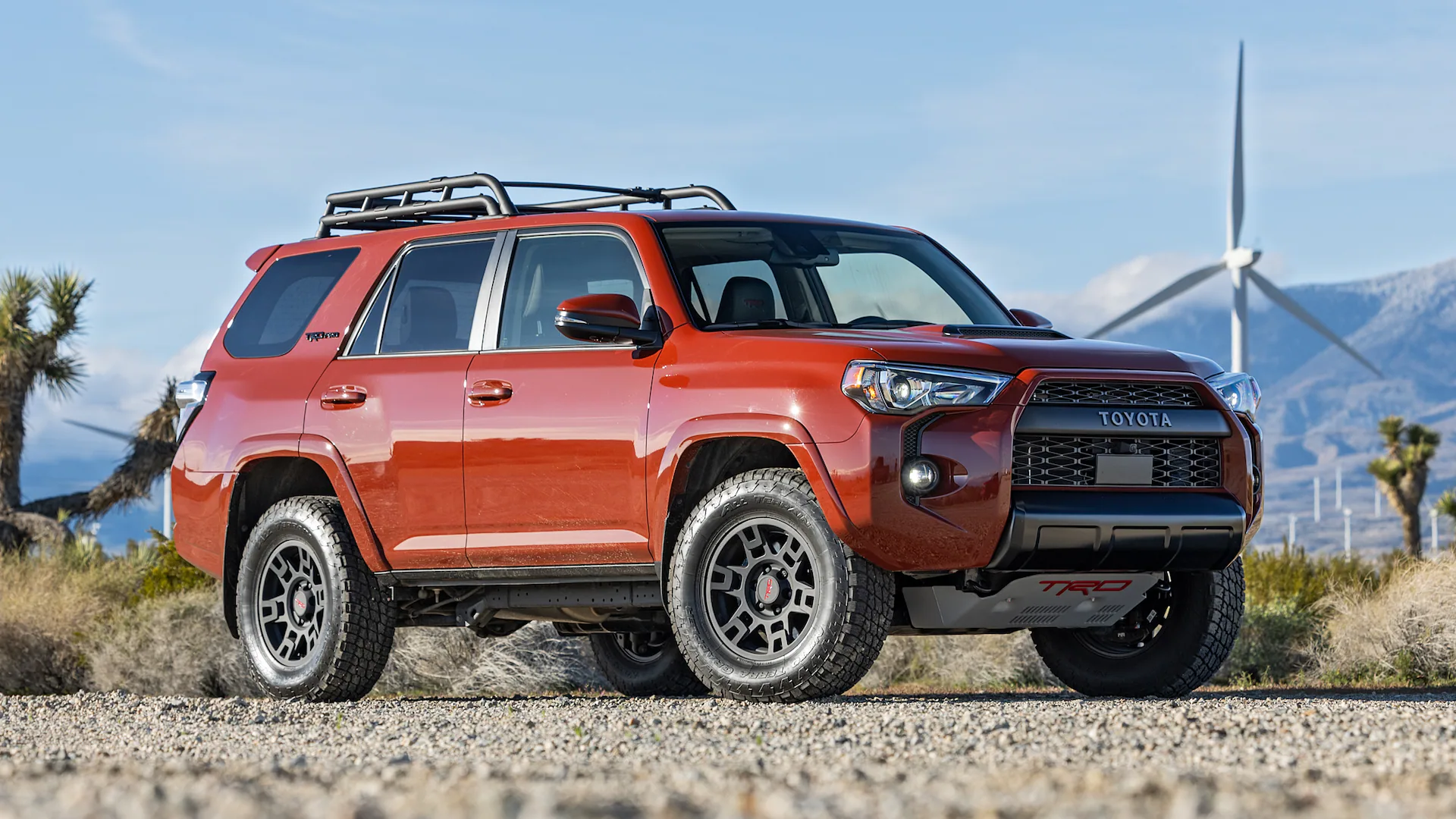
Unlike most modern SUVs that use unibody construction, the 4Runner retains a body-on-frame design that simplifies repairs when they eventually become necessary.
This traditional construction method, with the body and frame as separate components, means that collision damage or corrosion issues can often be addressed without compromising the entire vehicle’s structural integrity.
The separate frame also isolates the body from road vibrations and off-road impacts, reducing the development of squeaks, rattles, and premature wear that often affect unibody vehicles used in rough conditions.
The 4Runner’s four-wheel drive system (on equipped models) uses a robustly engineered transfer case and differentials designed for serious off-road use rather than merely occasional all-weather capability.
This overbuilt approach means the components rarely operate near their design limits in normal use, contributing to exceptional longevity even with minimal maintenance beyond occasional fluid changes.
Suspension components on the 4Runner are similarly engineered for durability rather than maximum on-road refinement. The substantial control arms, bushings, and ball joints typically exceed 150,000 miles before requiring replacement, even with regular off-road use.
When parts eventually do need replacement, the 4Runner’s popularity ensures excellent aftermarket support with options ranging from OEM equivalent to upgraded components.
For drivers who value long-term reliability over the latest features or maximum efficiency, the 4Runner represents a unique proposition in the modern automotive world a vehicle designed to last decades rather than just beyond its warranty period, making it an ideal choice for those who view mechanic visits as experiences to be minimized.
10. Mazda CX-5
The Mazda CX-5 proves that a vehicle can deliver engaging driving dynamics and visual appeal while still maintaining exceptional reliability and straightforward maintenance requirements.
This compact crossover has quietly established itself as a maintenance minimalist’s dream while avoiding the utilitarian character that often accompanies ultra-reliable vehicles.
Mazda’s SKYACTIV technology philosophy underpins the CX-5’s maintenance advantages. Rather than following the industry trend toward smaller turbocharged engines, Mazda optimized naturally aspirated engines for efficiency while maintaining the reliability benefits of simpler designs.
The standard 2.5-liter four-cylinder engine (although turbocharged options are now available in higher trims) utilizes a high compression ratio to extract impressive efficiency and performance without the additional complexity and potential issues associated with forced induction systems.
The engine’s timing chain eliminates the periodic replacement required with timing belts, and the direct injection system incorporates features that minimize the carbon buildup issues that plague some competitors’ direct-injection-only designs.
Oil change intervals extend to 7,500-10,000 miles with synthetic oil, and the engine typically uses minimal oil between services a significant advantage over some European competitors that require regular top-offs between changes.
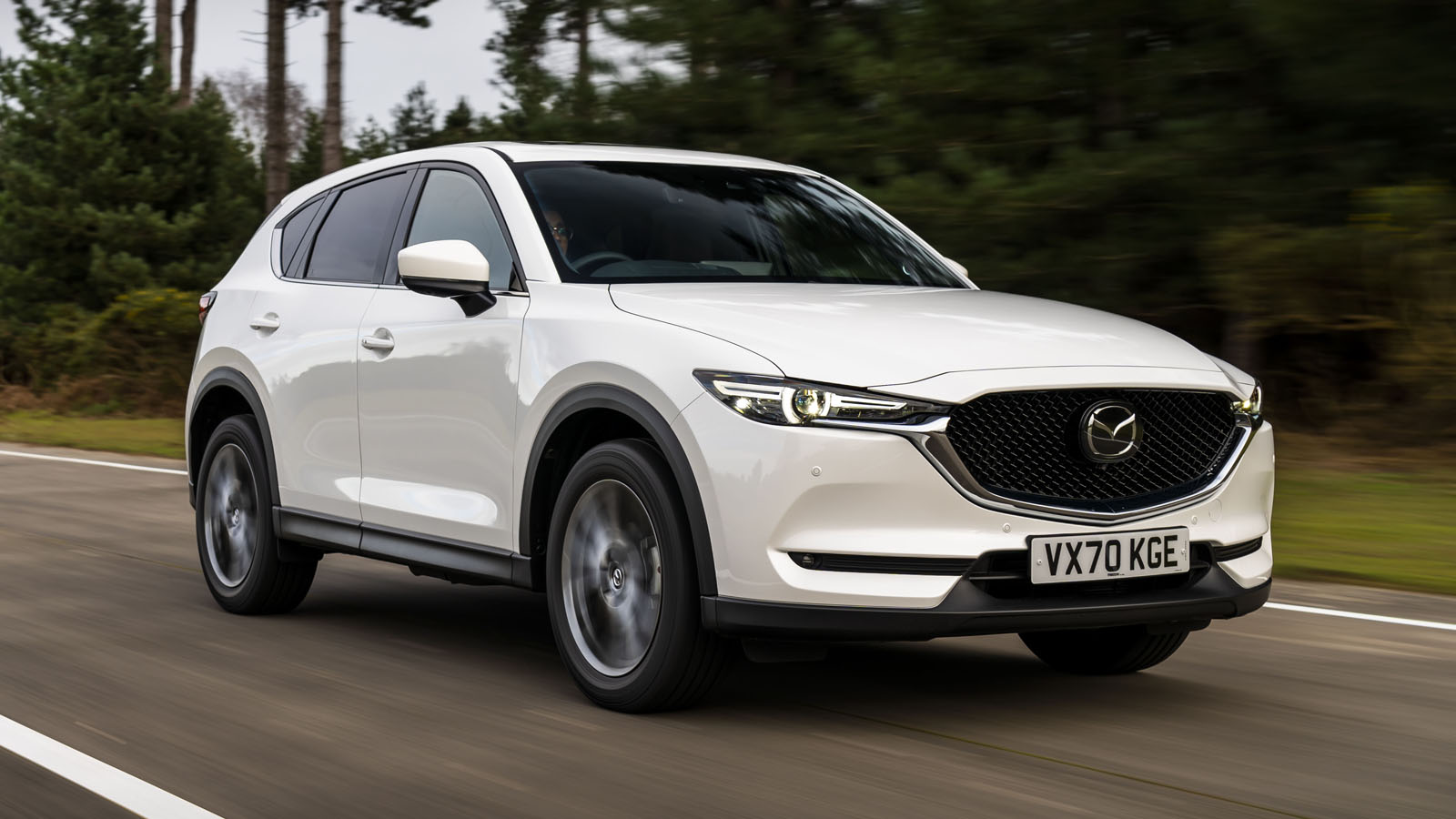
Mazda’s six-speed automatic transmission represents another reliability advantage over competitors using continuously variable transmissions (CVTs) or more complex 8-10 speed units.
The conventional planetary gearset design has proven exceptionally durable, typically requiring only routine fluid changes every 60,000 miles to deliver reliable service well beyond 150,000 miles.
The transmission’s programming prioritizes keeping the engine in its optimal efficiency range rather than constantly hunting for the highest possible gear, reducing wear on the shifting components.
The CX-5’s electrical system deserves special mention for its thoughtful design that eliminates many common failure points. Mazda uses high-quality connectors and wiring harnesses, and the vehicle’s electronic architecture is designed with redundancy for critical systems.
The infotainment system operates on a separate circuit from essential vehicle systems, ensuring that entertainment-related issues don’t affect basic vehicle operation.
Suspension components on the CX-5 strike an ideal balance between handling precision and durability. The front strut and rear multi-link configuration use high-quality bushings and ball joints that typically exceed 100,000 miles before requiring replacement.
The vehicle’s moderate weight reduces stress on these components compared to larger SUVs, further extending their service life.
For drivers who need the practicality of a crossover but dread the maintenance complications often associated with SUVs, the CX-5 offers a compelling package the reliability of a Mazda3 sedan with the additional utility of a crossover body style, wrapped in a design that delivers aesthetic appeal without sacrificing long-term dependability and maintenance simplicity.
Also Read: 10 Upcoming Electric Trucks That Will Revolutionize the Market

